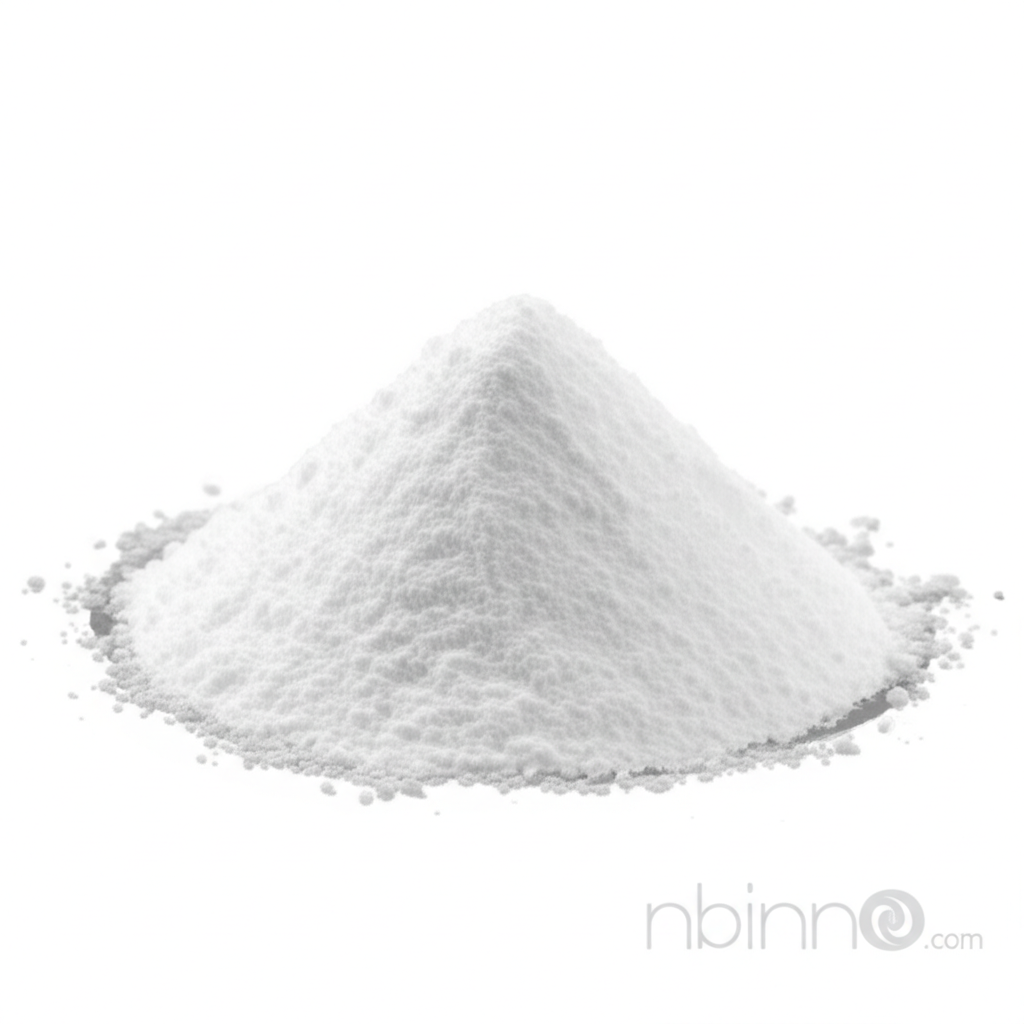Erythromycin Thiocyanate: A Broad-Spectrum Macrolide Antibiotic for Veterinary and Research Applications
Discover the potent antimicrobial properties and diverse applications of Erythromycin Thiocyanate.
Get a Quote & SampleProduct Core Value

Erythromycin Thiocyanate
Erythromycin Thiocyanate is a vital macrolide antibiotic, renowned for its broad-spectrum antimicrobial activity. It operates by inhibiting bacterial protein synthesis, making it a crucial component in both veterinary medicine and scientific research. Its applications extend to the synthesis of other key macrolide antibiotics, highlighting its importance as a chemical precursor.
- Explore the diverse erythromycin thiocyanate applications in veterinary medicine, treating infections caused by Gram-positive bacteria and Mycoplasma.
- Understand the erythromycin thiocyanate mechanism of action, which targets the bacterial 50S ribosomal subunit to halt protein synthesis.
- Learn about the erythromycin thiocyanate antitumor effect and neuroprotective capabilities observed in various research fields.
- Investigate its role as a precursor for synthesizing other essential macrolide antibiotics like roxithromycin and azithromycin.
Key Advantages
Broad-Spectrum Efficacy
The product offers significant antibacterial spectrum coverage, proving effective against a wide array of bacterial pathogens commonly encountered in veterinary practices.
Synthesis Precursor
Serves as a critical initial raw material for the production of essential macrolide antibiotics, facilitating advancements in pharmaceutical development.
Research Potential
Demonstrates promising antitumor and neuroprotective properties, making it a valuable compound for ongoing scientific research and exploration.
Key Applications
Veterinary Medicine
Used to combat serious infections in animals, particularly those caused by drug-resistant Staphylococcus aureus and hemolytic streptococcus, such as pneumonia and mastitis.
Antibiotic Synthesis
Acts as a foundational component for synthesizing a range of important macrolide antibiotics, including roxithromycin and clarithromycin.
Scientific Research
Investigated for its potential antitumor and neuroprotective effects, contributing to the development of new therapeutic strategies.
Environmental Applications
Its unique surface-binding properties suggest potential use in environmental solutions, such as wastewater treatment, as explored in research.
